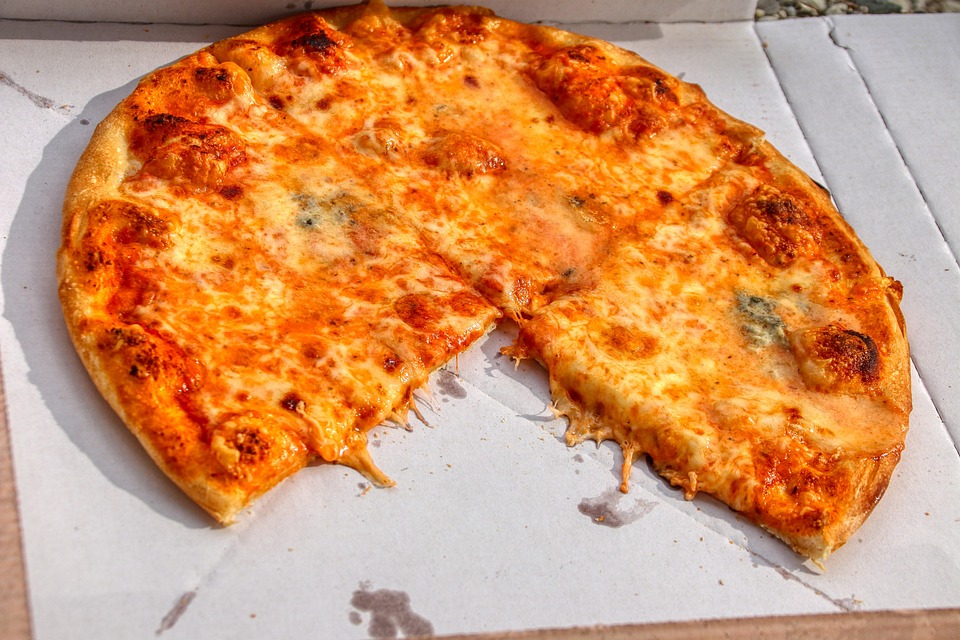The food delivery industry has come a long way since its inception. Once dominated by traditional takeout and delivery services, it has rapidly evolved due to technological advancements, changing consumer behaviors, and the effects of global events like the COVID-19 pandemic. As we look towards the future, several key innovations are reshaping the food delivery landscape, creating a more efficient, customer-centric, and sustainable experience.
1. Automation and Robotics
Automation is set to revolutionize food delivery. Autonomous vehicles and drones are emerging as viable solutions for the last-mile delivery challenge. Companies like Uber Eats and DoorDash are testing drone delivery systems that allow food to reach customers faster and with less human touchpoints, which is especially crucial in a post-pandemic world.
Robotic delivery systems are also gaining traction; small, self-driving robots are already being deployed in urban areas, delivering food directly to customers’ doorsteps. These innovations not only promise to reduce delivery times but also decrease operational costs for businesses.
2. Advanced AI and Machine Learning
Artificial Intelligence (AI) and machine learning are enhancing the efficiency of food delivery services. These technologies enable predictive analytics that can forecast demand, optimize delivery routes, and improve inventory management. By analyzing user behavior and preferences, AI systems can also provide personalized recommendations, making the food ordering experience smoother and more enjoyable.
Chatbots and virtual assistants are increasingly being integrated into customer service operations, allowing for 24/7 support and reducing the strain on human operators. This enhances customer satisfaction and streamlines operations, leading to a more efficient delivery process.
3. Meal Kits and Customization
The popularity of meal kits has surged as consumers seek convenience without sacrificing quality. Companies like Blue Apron and HelloFresh offer tailored meal options that allow customers to prepare fresh meals at home with minimal fuss. Food delivery services are beginning to incorporate similar offerings, giving consumers the choice to receive pre-prepared ingredients alongside their traditional takeout.
Customization is another significant trend; the ability to personalize meals according to dietary preferences, allergies, or even specific cravings is becoming standard. This caters to an increasingly diverse range of consumer needs and fosters greater customer loyalty.
4. Sustainability Initiatives
As concerns about climate change escalate, food delivery services are taking significant steps towards sustainability. Companies are transitioning to eco-friendly packaging, reducing plastic usage, and investing in carbon-neutral delivery options. Emphasis on sourcing ingredients from local farms not only supports local economies but also cuts down on transportation emissions.
Sustainability can also extend to the delivery models themselves. For instance, bike couriers and electric vehicles are being employed to reduce the carbon footprint associated with traditional delivery methods. Such initiatives make it easier for consumers to align their choices with their values.
5. Integration with Smart Home Technology
The rise of smart home technology has opened new avenues for food delivery services. With the integration of devices like smart speakers and refrigerators, consumers can easily place orders directly through voice commands or even use connected appliances to modify their meal plans.
Imagine a refrigerator that can notify you when you’re running low on ingredients and provide suggestions for meal delivery options based on your preferences. This seamless integration of technology makes the process of meal ordering more intuitive, further enhancing the consumer experience.
6. Enhanced User Experience
User experience is paramount in retaining customers and encouraging repeat orders. The future of food delivery will likely see advancements in mobile app interfaces that prioritize ease of use, faster checkout, and visual appeal. Utilizing augmented reality (AR) features could allow customers to visualize their meals before ordering, providing further assurance of quality and presentation.
Additionally, loyalty programs are being redefined. With the help of data analytics, companies can tailor rewards systems to individual users, fostering deeper connections and encouraging brand loyalty.
Conclusion
The food delivery industry stands at the cusp of an exciting transformation. Innovations in automation, AI, sustainability, and user experience are reshaping how we order and consume food. As technology continues to evolve, these advancements will not only enhance efficiency but also create a more personalized and responsible approach to food delivery.
In a world that values convenience, sustainability, and quality, the future of food delivery promises to offer solutions that cater to the changing needs of consumers while also addressing broader challenges faced by the industry. As we look ahead, it is clear that the delivery landscape will continue to evolve, driven by innovation and a commitment to enhancing the overall dining experience.



